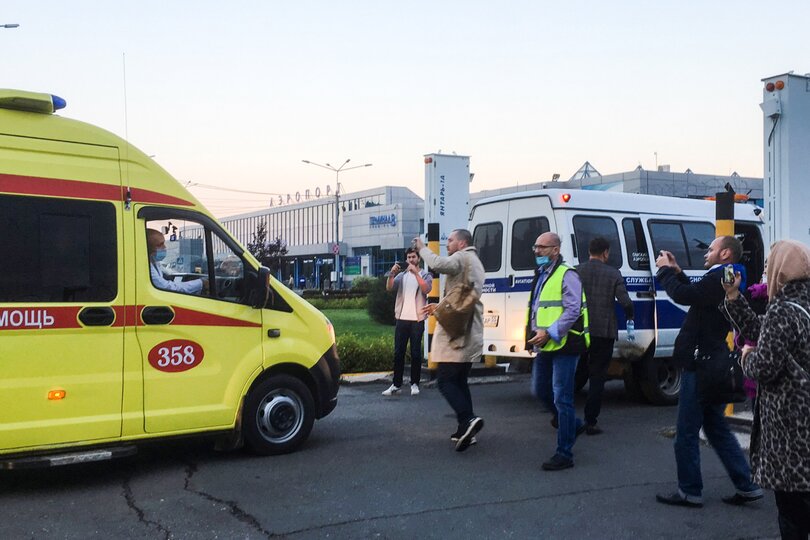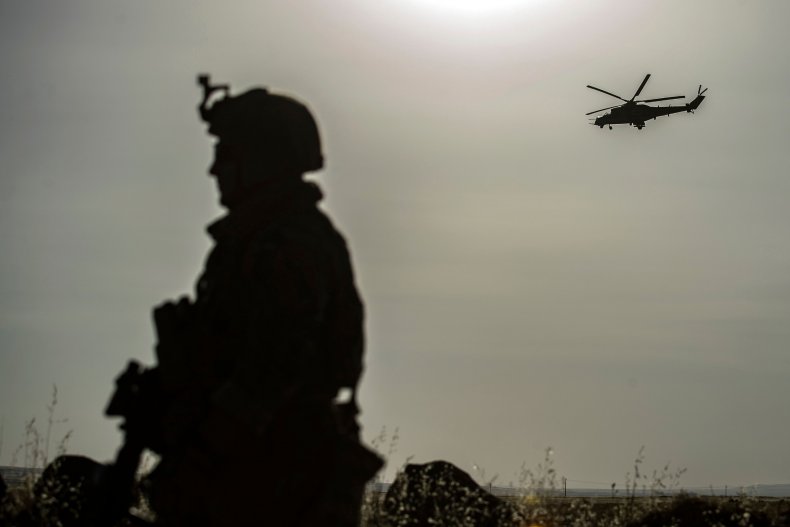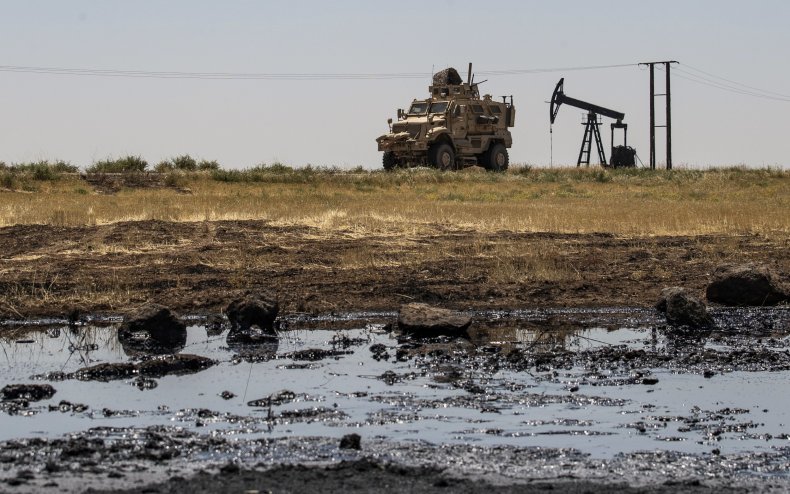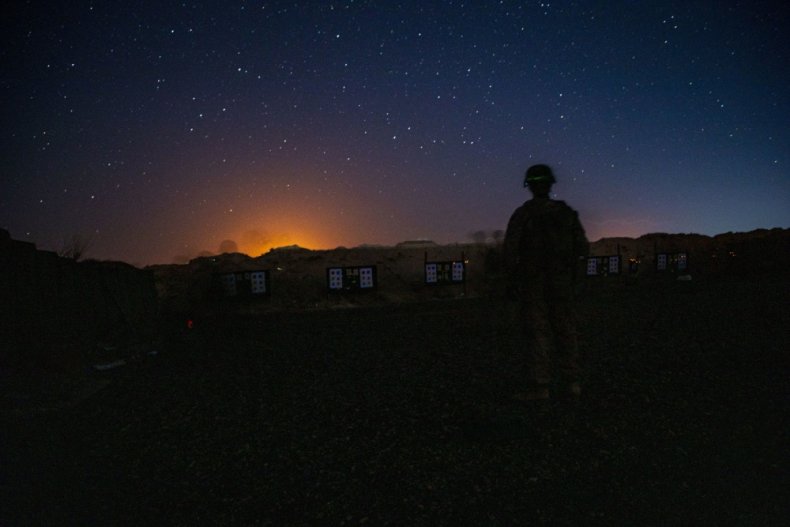MICHAEL MAINVILLE (AFP) 10 HOURS AGO IN WORLD
The Kremlin on Thursday rejected claims that Moscow was behind the poisoning of opposition leader Alexei Navalny, as calls mounted for international action after Germany said he had been dosed with Novichok.
Western leaders are demanding answers from Moscow after Berlin said Wednesday there was "unequivocal evidence" that the 44-year-old Kremlin critic had been afflicted by the infamous nerve agent.
Navalny, one of President Vladimir Putin's fiercest critics, fell ill on a flight last month and was treated in a Siberian hospital before being evacuated to Berlin.
Germany's claim that he was exposed to Novichok -- the same substance used against Russian ex-double agent Sergei Skripal and his daughter in the English town of Salisbury two years ago -- prompted widespread condemnation and demands for an investigation.
Recent high-profile poisonings or attempted poisonings of politicians, dissidents or spies
Alain BOMMENEL, Sophie RAMIS, AFP
Russia denies there is any evidence that Navalny was poisoned and Kremlin spokesman Dmitry Peskov said Thursday that Berlin had not provided Moscow with proof.
"There is no reason to accuse the Russian state," Peskov said, rejecting talk of economic sanctions and urging the West not to "rush to judgement".
Already suffering from wide-ranging Western sanctions imposed over its 2014 annexation of Crimea, as well as the effects of the coronavirus pandemic and the drop in oil prices, Moscow will be anxious to avoid any further pressure on its economy.
- 'Poisoned relations with West' -
Germany's announcement on Wednesday sent the ruble plunging to its lowest level against the euro since 2016 and Moscow's RTS stock exchange fell more than three percent.
"Russia's relations with the West have once again been poisoned by Novichok," wrote business daily Kommersant, adding it was clear that the European Union and United States were seriously considering new sanctions.
Berlin's announcement that Navalny was poisoned with Novichok sent the ruble plunging to its lowest level since the height of Russia's coronavirus epidemic in the spring
Dimitar DILKOFF, AFP
"The main question is, how far will they decide to go?" it said.
A new crisis in relations with the West could also threaten Russia's Nord Stream 2 project, a 10 billion-euro ($11 billion) pipeline near completion beneath the Baltic Sea which is set to double Russian natural gas shipments to Germany.
The project has been delayed for months after Washington moved to impose new sanctions on companies involved in Nord Stream 2, over fears of growing Russian influence.
Germany voiced anger over the US moves, saying Washington was interfering in its internal affairs.
But the country's biggest newspaper Bild on Thursday called for the project to be suspended, saying that "if the (German) government does not stop the construction of Nord Stream 2, we will soon be financing Putin's Novichok attacks".
Peskov rejected such calls as "emotional statements," saying the project "is in the interests of Russia, Germany and the entire European continent."
- 'Only Russia can answer' -
German Chancellor Angela Merkel said the Novichok findings raised "some very serious questions that only Russia can and must answer", while the United States, Britain, France, the EU and NATO all expressed shock.
Navalny is still in intensive care at Berlin's renowned Charite hospital
Odd ANDERSEN, AFP/File
The nerve agent, whose name means "newcomer" in Russian, is a poison developed by the Soviet government towards the end of the Cold War that can be deployed in an ultra-fine powder, liquid or vapour.
It was famously used against Skripal in Britain in 2018, an assassination attempt that the West believes was ordered by the Kremlin, but which Russia denies.
Navalny fell ill after boarding a plane in Siberia last month, with aides saying they suspect he drank a cup of spiked tea at the airport.
He was initially treated in a local hospital, where doctors said they were unable to find any toxic substances in his blood, before he was flown to Berlin for specialised treatment on August 22.
The charismatic Yale-educated lawyer, who has been Russia's leading opposition politician for around a decade, is still in the intensive care unit and remains on a ventilator.







